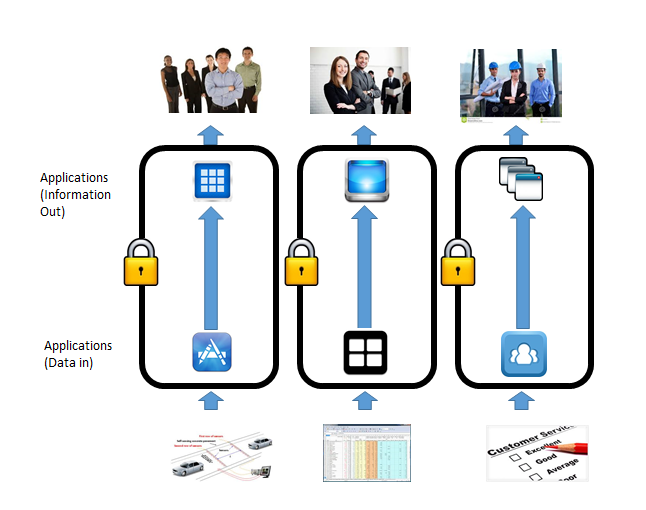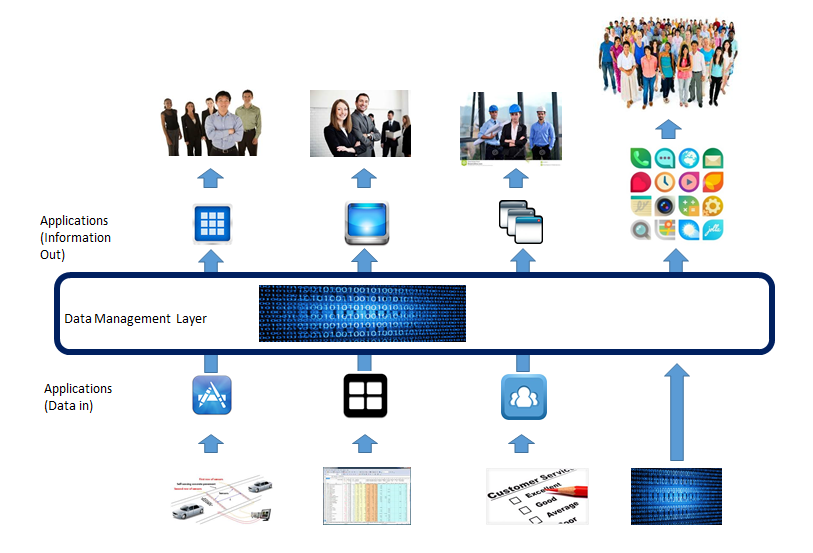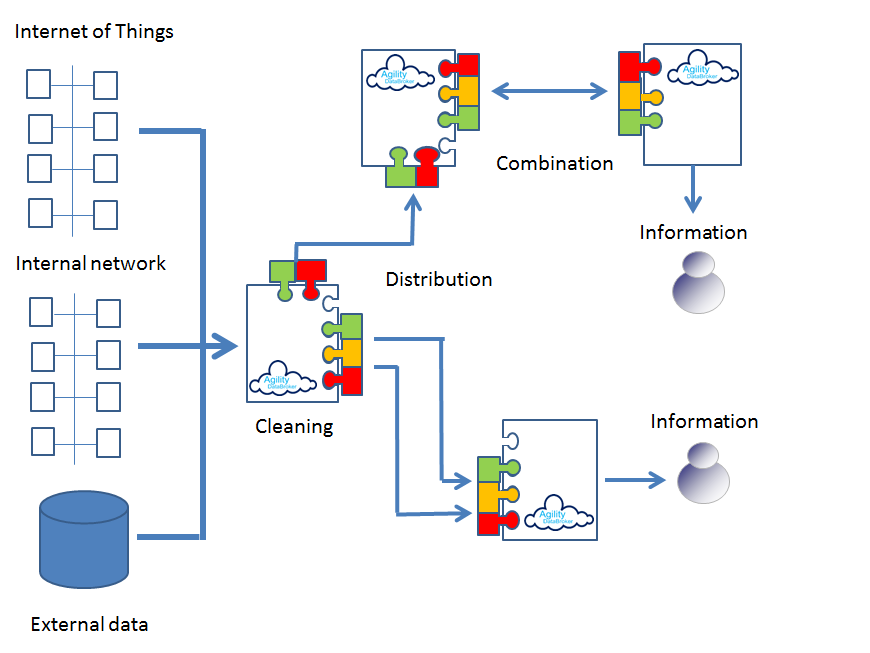According to ScienceDaily magazine, 90% of the world’s data was generated over the last two years. Big data, the Internet of Things, and intelligent devices are all increasing the amount of data an organisation must manage at exponential levels. This provides increasingly greater challenges for data auditors in assessing the value and utility of data. We believe that Agility DataBroker from Arjuna can assist the data auditor in creating and maintaining a data registry for storing information on data assets, or the assets themselves.
According to Information Week, 37.5% of large organizations said that analyzing big data is their biggest challenge and that organizational silos are the single biggest barrier to success with big data. While many companies are relatively skilled in the manipulation of big data, we believe that Agility DataBroker can provide them with a mechanism to solve current data-related problems, including the proliferation of unmanaged, unaudited data in the cloud, while establishing a framework that will allow them to move towards the Smart Company of the future.
Most companies consist of a number of departments each of which needs to use data from a different perspective. As a result of this segmentation, data can be duplicated, errors can proliferate, money can be wasted and decisions are often made without access to the information embedded in the data available. Joined-up thinking is difficult without joined-up data to base it on.

Agility DataBroker allows a company to specify what subset of data is required, where that data goes, who may access it under what circumstances and to combine that data with other data sources so that meaningful information can be extracted. Silos of information, in different forms, focused on specific functions can be collated through Agility DataBroker, and made available to users based on service agreements which enforce access policies. Data becomes available in a usable form by those who need access to it within the policies defined by the data owners. These policies can address all aspects of access e.g. security, pricing, and licensing, and can be maintained dynamically within the software. Agility DataBroker can be initially used for integrating as few as two silos of information, but can scale to enterprise-wide use.

Many companies have inflexible legacy systems that impede data integration as well as silos of information stored in the cloud. Agility DataBroker can be used to extract data from the heterogeneous data sources, clean it, collate it, analyse it and distribute the resultant meaningful information to those users who need it, in the form that they require.

Data can be cross-checked or combined with external data sources to better extract meaningful information. In a world where the amount of data is growing faster than it can be used, Agility DataBroker provides a mechanism to improve services, cut down on waste, and generate information that is meaningful and usable. Cloud-based applications such as Dropbox can be integrated into the environment so that user departments do not bypass core data strategy while retaining the flexibility of using the cloud where desirable.
No matter where the data is stored, or in what format, Agility DataBroker can be used to extract the data, clean it, combine it with other data sources, analyse it and present it to users in accordance with strictly enforced but dynamically customisable policies that implement the service agreements dictated by legislation, governance and good practice.

Agility DataBroker is a framework that allows an organization to unlock the value of data through its controlled consolidation, analysis and distribution. Agility DataBroker allows for data to be extracted from any combination of data sources, whether they sit in the Cloud or locally, under strictly enforced, but dynamically changeable service agreements which govern its use and deployment.



